Blog
-
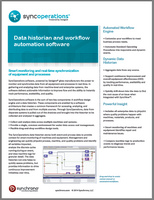
Product Information Sheet: SyncOperations™ Software
Product Information Sheet: SyncOperations™ Software Workflow Automation, Data Historian and Data Aggregation for Smart Monitoring and Synchronization of Equipment and Processes SyncOperations™ software, powered by Savigent®, gives you the power to monitor and synchronize data from all equipment and processes in real-time. The result is more fluid workflow automation with access to actionable manufacturing data and the…
-
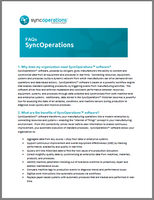
FAQs: SyncOperations™ Software
FAQs: SyncOperations™ Software Data Aggregation, Data Historian and Workflow Automation Software that Synchronizes Equipment and Processes SyncOperations™ software, powered by Savigent® gives manufacturers the power to monitor and synchronize data from all equipment and processes in real-time. In gathering and analyzing data from machine-level and enterprise systems, the software delivers actionable information to improve flow and the ability…
-
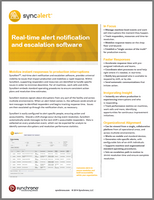
Product Information Sheet: SyncAlert® Software
Product Information Sheet: SyncAlert® Software Real-Time Alert Notification and Escalation Software SyncAlert® software is a real-time alert and escalation software system that provides universal visibility to issues that impact production and mobilizes a rapid response based on your standard operating procedures.
-
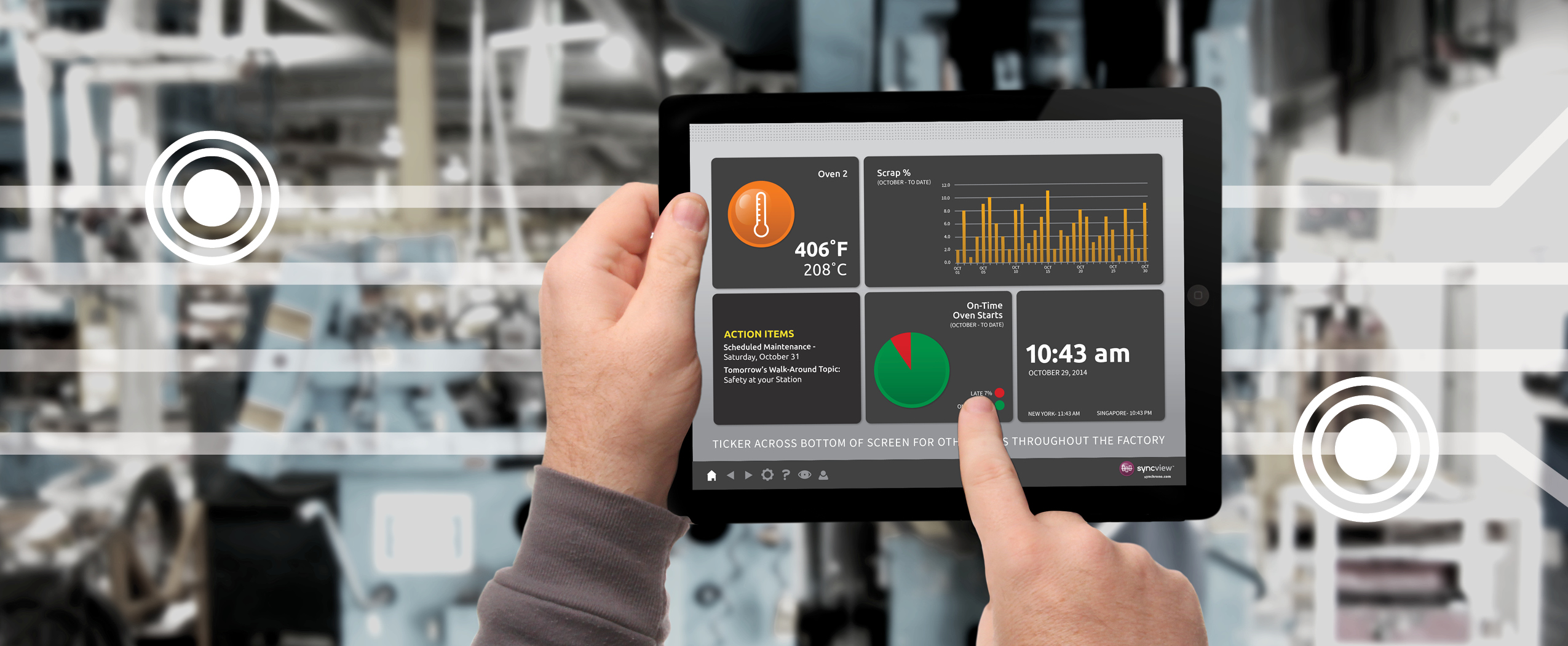
Video: SyncView® Real-Time Manufacturing Visualization System – 4 min. Overview
Video: SyncView® Real-Time Manufacturing Visualization System – 4 min. Overview
-
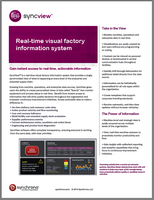
Product Information Sheet: SyncView® Software
Product Information Sheet: SyncView® Software Real-time, self-service manufacturing visualization and communication system SyncView® is a real-time, self-service manufacturing visualization system that gives everyone the ability to monitor equipment and process status as it happens – from wherever they are. SyncView® software connects to any data source to visualize data the way you want to see it, giving…
-
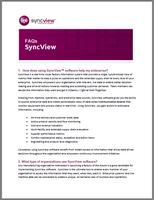
FAQs: SyncView® Software
FAQs: SyncView® Software Real-time manufacturing visualization and communication system SyncView® is a real-time manufacturing visualization and communication system that provides a single, synchronized view of what is happening at every level of the enterprise and extended supply chain. Drawing from machine, operations, and enterprise data sources, SyncView® gives users the ability to create personalized views of data called…
